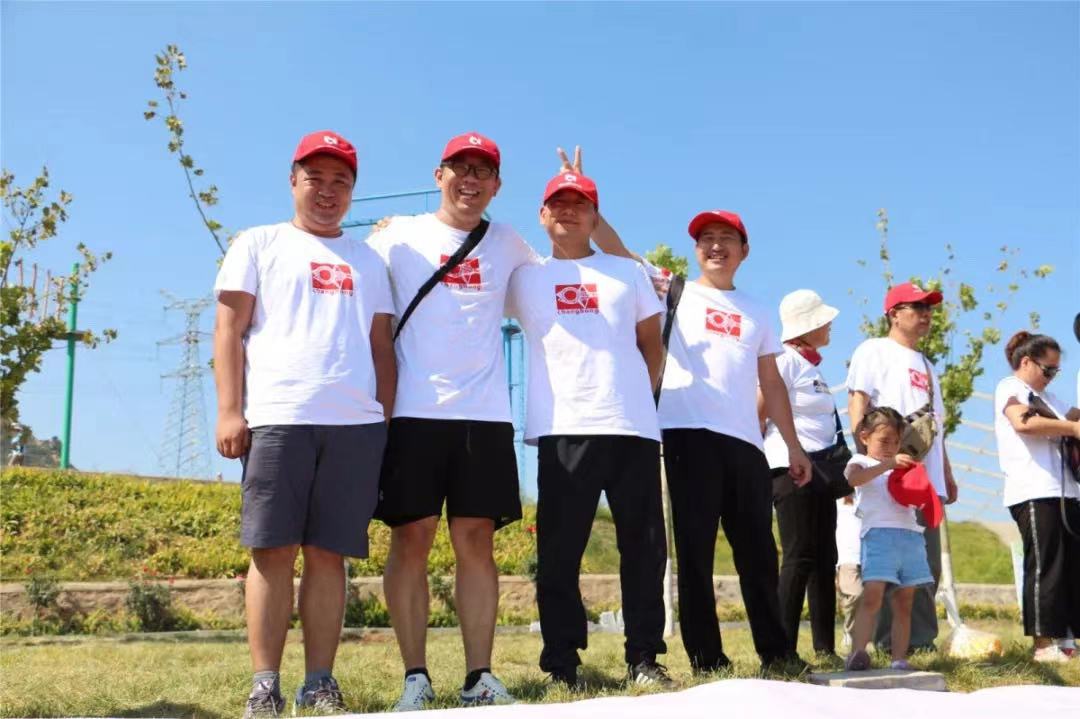Dec . 11, 2024 09:18 Back to list
Innovative Approaches to Retail Fixture Design for Enhanced Customer Experience
Retail Fixture Design Enhancing Customer Experience through Strategic Layouts
Retail fixture design plays a vital role in influencing shopping behavior while creating an inviting atmosphere that enhances the overall customer experience. In today’s competitive marketplace, the strategic layout and selection of fixtures can make a significant difference in attracting customers, encouraging purchases, and fostering brand loyalty.
At its core, retail fixture design encompasses a range of elements including shelving, display cases, racks, signage, and furniture, all of which must be carefully considered to align with the brand identity and target audience. Effective fixture design not only showcases products but also creates an intuitive flow that guides customers through the retail space.
The Importance of Visual Merchandising
Visual merchandising is a key component of retail fixture design. It involves the presentation of products in a way that is visually appealing and promotes sales. Retailers must ensure that their fixtures complement the merchandise while effectively communicating brand values. For example, luxury brands may opt for elegant and sophisticated fixtures, such as glass display cases and polished wood shelving, to convey a premium experience. On the other hand, a trendy streetwear store might utilize industrial shelving and bold graphics to create an edgy, urban vibe.
A well-thought-out visual merchandising strategy draws upon principles of color theory, balance, and focal points. Colors can evoke emotions and influence customer behavior, while balance creates an orderly environment that is pleasing to the eye. Placing high-demand or seasonal products at eye level can enhance visibility and drive impulse purchases. Additionally, seasonal displays can refresh the shopping experience and keep customers engaged with the brand throughout the year.
Creating a Customer-Friendly Layout
retail fixture design

The layout of retail fixtures is crucial to customer navigation and satisfaction. A well-planned layout ensures that shoppers can easily locate products, minimizing frustration and increasing the likelihood of purchases. There are several common store layouts, including grid, racetrack, and free-flow, each with its unique advantages.
- Grid Layout This layout is often seen in grocery stores and pharmacies. It features long aisles and promotes a straightforward shopping experience. While it may lack excitement, it is highly efficient for customers who know what they want. - Racetrack Layout This layout, which typically includes a circular path around prominent displays, encourages exploration. It entices customers to browse various sections, enhancing the chances of impulse buys. - Free-Flow Layout Popular in boutique stores, this layout allows for a more relaxed and casual shopping experience. Flexible fixture arrangements encourage customers to explore at their own pace, fostering a sense of discovery.
Sustainability in Retail Fixture Design
As consumers become increasingly environmentally conscious, sustainability has emerged as a critical factor in retail fixture design. Retailers are now seeking fixtures made from recycled materials or those that are easily reconfigurable to adapt to changing product lines and promotional needs. Additionally, energy-efficient lighting and fixtures designed for longevity not only reduce waste but also contribute to lower operating costs.
Conclusion
In conclusion, retail fixture design is an essential aspect of the retail experience that directly influences customer behavior and satisfaction. By combining effective visual merchandising, strategic layout planning, and sustainable practices, retailers can create an inviting atmosphere that not only highlights their products but also enhances the overall shopping experience. As the industry continues to evolve, innovative fixture design will remain at the forefront of successful retail strategies, ultimately driving sales and fostering loyal customer relationships.
-
Heavy Duty Wood Rack with Light for Store Trousers & Sport
NewsAug.31,2025
-
Ins Style Makeup Brush Storage Tube for Dorm & Dressing Table Desktop
NewsAug.30,2025
-
Heavy Duty Wooden Clothes Rack with Light for Trousers Display
NewsAug.29,2025
-
Discover Your Perfect Retail Shop: Best Deals & Selection
NewsAug.28,2025
-
Optimize Retail Displays With Advanced Rack Fitting For Shop
NewsAug.22,2025
-
Showcase Your Products Effectively With a Premium Portable Showcase
NewsAug.22,2025


















































































































